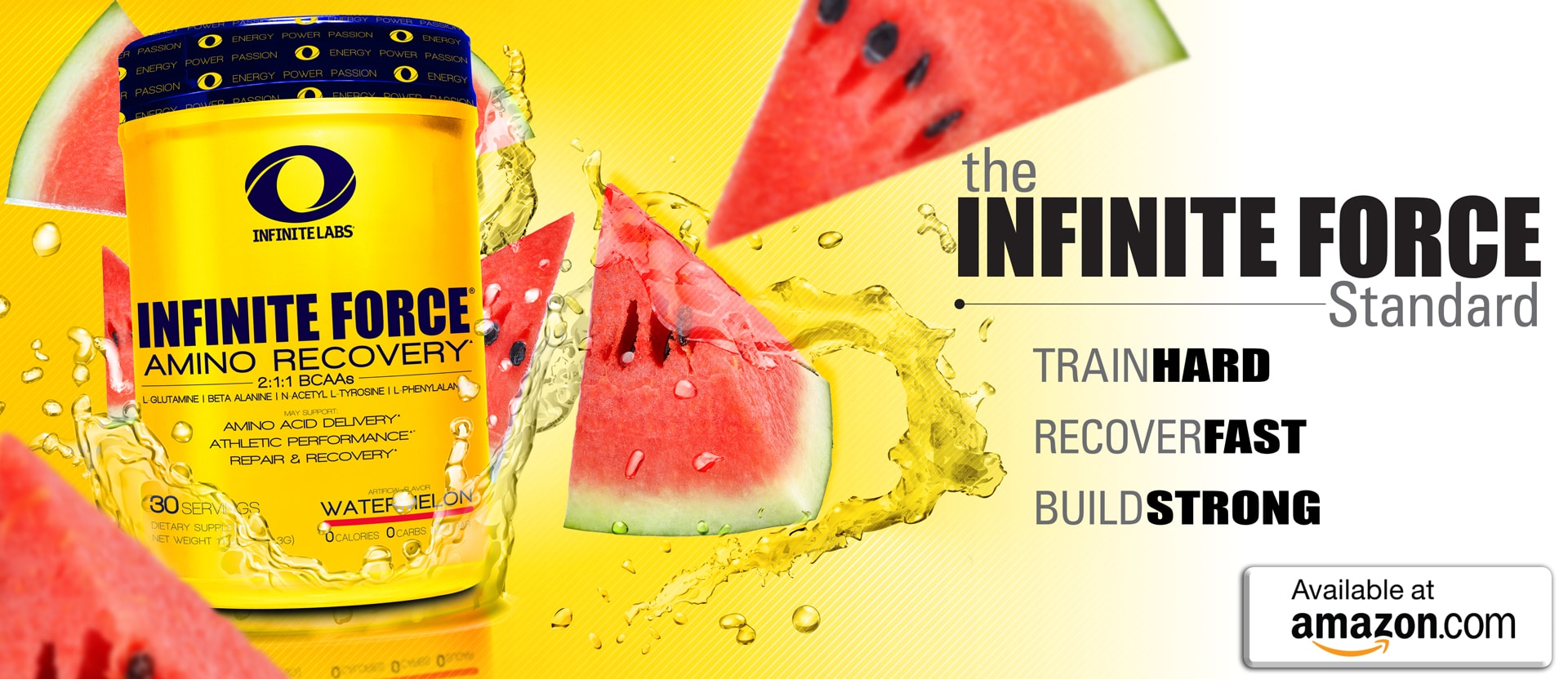

Cardio On An Empty Stomach for Fat Loss?
Table of Contents
| Cardio On An Empty Stomach? |
By Robbie Durand
Bodybuilding is full of myths that no one knows where got started. Remember the myth, “You can only digest 30 grams of protein at a time.” Or “ Rest 30 seconds or less if you want to increase muscle mass.” The final myth, “You should do cardio on an empty stomach first thing in the morning on a empty stomach to burn more fat.” I am not sure where this was started, I think the origins began when Bill Philips started the Body for Life Challenge and advocated fasted cardio for fat loss. There was an excellent review paper written by Brad Schoenfeld in the Strength and Conditioning Journal titled, “Does Cardio After an Overnight Fast Maximize Fat Loss” stating that there is no evidence to support cardio on empty stomach to enhance fat loss1.


The rationale for doing cardio first thing on an empty stomach makes physiological sense but research studies do not support the validity of fasting cardio for weight loss. The theory is that glycogen stores are depleted after an overnight fast and that fat mobilization is more readily available for glycogen stores are depleted. As stated by Schoenfeld, “The human body is very dynamic and continually adjusts its use of fat for fuel. Substrate utilization is governed by a host of factors (i.e., hormonal secretions, enzyme activity, transcription factors, etc), and these factors can change by the moment. Thus, fat burning must be considered over the course of days—not on an hour-to-hour basis—to get a meaningful perspective on its impact on body composition.” To support the fact that food before cardio does not stop fat oxidation, researchers evaluated the effect of pre-exercise and during exercise carbohydrate consumption on fat oxidation. The subject’s were assigned to 4 different groups:

| (a) a placebo before and during training |
(b) a placebo 30 minutes before training and then a carbohydrate beverage every 15 minutes throughout exercise
(c) a carbohydrate beverage 30 minutes before training and then a placebo during exercise
(d) a carbohydrate beverage both before and every 15 minutes during exercise.

The subject cycles for 120 minutes at approximately 63% of peak power output, followed by a ‘‘performance cycle’’ pedaling as fast as possible mimicking a sprint test after the exercise protocol. All those carbs had to blunt fat oxidation right? WRONG! The results showed no evidence of impaired fat oxidation associated with consumption of carbohydrate either before or during exercise8. These and other studies presented by Mr. Schoenfeld that goes against the theory of exercising in the morning on fasted stomach for fat loss.
- Interval Training: Over the past few years, it has become clear that interval training is superior to steady state cardio for fat loss3. The reason interval training is superior is that interval training burns more calories “post-exercise.” All the epinephrine, norepinephrine (i.e. catecholamines) and GH that spikes during high intensity exercise results in an after-burn effect that burns more calories during the recovery period2. Catecholamines, especially epinephrine, have been shown to enhance fat mobilization release from both subcutaneous and intramuscular fat stores4. To demonstrate the effectiveness of how interval training releases catecholamines, A 2009 study examined the catecholamine response of 12 subjects’ who completed ten 6-second cycle sprints with a 30- second recovery between each sprint. From baseline, plasma epinephrine increased 6.3-fold, whereas norepinephrine increased 14.5-fold at the end of sprinting5. These significant fat-burning catecholamine responses to HIIT are not produced during moderate, steady state aerobic exercise that results in small increases in epinephrine and norepinephrine6. In 2000, researchers studied the response of GH and catecholamines during and following exercise of varying intensity and related these responses to changes in fat oxidation. Fat oxidation following exercise was related to exercise intensity and while it correlated to both the peak GH and peak epinephrine response; after further analysis only the peak GH response was found to be the greatest predictor of post exercise fat utilization7. This is similar as why high intensity resistance exercise contributes to more favorable changes in fat loss than steady state cardiovascular exercise alone. Although steady state cardio results in greater fat oxidation during exercise, the post-exercise period results in minimal changes in fat oxidation as opposed to interval training. Despite blood flow to adipose tissue being lower during high intensity exercise3, it still results in greater fat oxidation post-exercise.
So who cares that fat oxidation is greater during fasting exercise or that a person is in the “fat burning zone”, the training intensity will be lower during fasted exercise resulting in lower metabolic stress during exercise.


Another important factor that was presented in the review article by Schoenfeld was when training in a fasted state results in a greater impact on proteolysis or muscle breakdown. Researchers found that nitrogen losses were more than doubled when training while glycogen depleted compared with glycogen loaded9. This would suggest that performing cardiovascular exercise while fasting might not be advisable for those seeking to maximize muscle mass. Additionally, training in a fasted state results in elevated cortisol levels, which enhances fat loss, but also results in enhanced muscle tissue breakdown.
The Nail in the Coffin for Fasted Cardio: New Research
In the Journal of Sports Nutrition and Exercise Metabolism, an excellent study was presented titled, “Exercising Fasting or Fed to Enhance Fat Loss? Influence of Food Intake on Respiratory Ratio and Excess Postexercise Oxygen Consumption after a Bout of Endurance Exercise.” The authors’ purpose was to verify differences in fat metabolism during training in fasting or feeding conditions. They compared the effect on oxygen consumption (VO2) and substrate utilization, estimated by the respiratory-exchange ratio (RER), in 8 healthy young men who performed the same moderate-intensity training session (36 min of cardiovascular training on treadmill at 65% maximum heart rate) in the morning in 2 tests in random sequence: Fasting condition without any food intake or Fed condition after breakfast. The subjects consumed a Mediterranean type breakfast, which consisted of 25% protein, 22 carbohydrates, and 53% lipids. The breakfast was roughly 673 calories. In both cases, the same total amount and quality of food was assumed in the 24 hr after the training session. The breakfast, per se, increased both VO2 and RER significantly (4.21 vs. 3.74 and 0.96 vs. 0.84, respectively).
Twelve hours after the training session, VO2 was still higher in the fed conditioned, whereas RER was significantly lower in the fed condition test, indicating greater lipid utilization. The difference was still significant 24 hr after exercise. The authors conclude that when moderate endurance exercise is done to lose body fat, fasting before exercise does not enhance lipid utilization; rather, physical activity after a light meal is advisable. The current research indicates that it is better to avoid training in a fasted state with moderate intensity exercise if fat loss is the target10.
In sum, the review article does not support cardio in the morning on an empty stomach enhances fat loss. Additionally, training on a empty stomach accelerates muscle tissue breakdown which may be considered counterproductive for fat loss.
- Schoenfeld, B. Does Cardio After an Overnight Fast Maximize Fat Loss? Strength and Conditioning Journal. Vol. 33(1); Feb. 2011
- Gibala MJ, Little JP, van Essen M, Wilkin GP, Burgomaster KA, Safdar A, Raha S, and Tarnopolsky MA. Short-term sprint interval versus traditional endurance training: Similar initial adaptations in human skeletal muscle and exercise performance. J Physiol 15(pt 3): 901–911, 2006.
- Romijn JA,Coyle EF,Sidossis LS, Gastaldelli A, Horowitz JF, Endert E, and Wolfe RR. Regulation of endogenous fat and carbohydrate metabolism in relation to exercise intensity.Am J Physiol 265(3 Pt 1): E380–E391, 1993.
- B. Issekutz Jr., “Role of beta-adrenergic receptors in mobilization of energy sources in exercising dogs,” Journal of Applied Physiology Respiratory Environmental and Exercise Physiology, vol. 44, no. 6, pp. 869–876, 1978.
- R. M. Bracken, D. M. Linnane, and S. Brooks, “Plasma catecholaine and neprine responses to brief intermittent maximal intensity exercise,” Amino Acids, vol. 36, pp. 209–217, 2009.
- H. Zouhal, C. Jacob, P. Delamarche, and A. Gratas- Delamarche, “Catecholamines and the effects of exercise, training and gender,” Sports Medicine, vol. 38, no. 5, pp. 401– 423, 2008.
- 7. Pritzlaff CJ, Wideman L, Blumer J, Jensen M, Abbott RD, Gaesser GA, Veldhuis JD, Weltman A. Catecholamine release, growth hormone secretion, and energy expenditure during exercise vs. recovery in men. J Appl Physiol. 2000 Sep;89(3):937-46.
- Febbraio MA, Chiu A, Angus DJ, Arkinstall MJ, and Hawley JA. Effects of carbohydrate ingestion before and during exercise on glucose kinetics and performance. J Appl Physiol 89: 2220–2226, 2000.
- Lemon PW and Mullin JP. Effect of initial muscle glycogen levels on protein catabolism during exercise. J Appl Physiol 48: 624–629, 1980.
- Paoli A, Marcolin G, Zonin F, Neri M, Sivieri A, Pacelli QF. Exercising fasting or fed to enhance fat loss? Influence of food intake on respiratory ratio and excess postexercise oxygen consumption after a bout of endurance training. Int J Sport Nutr Exerc Metab. 2011 Feb;21(1):48-54.

















